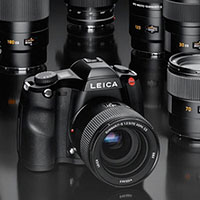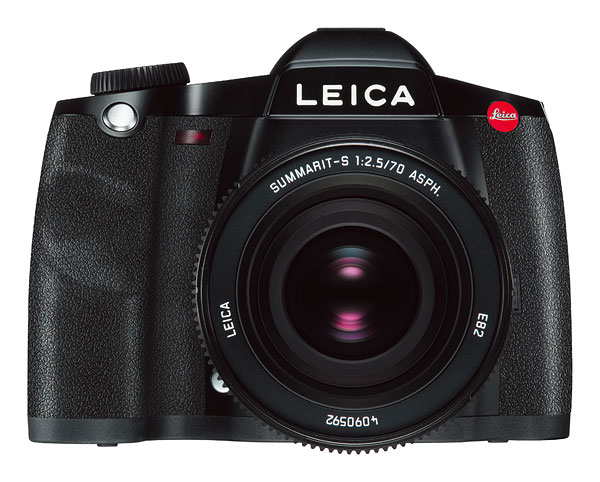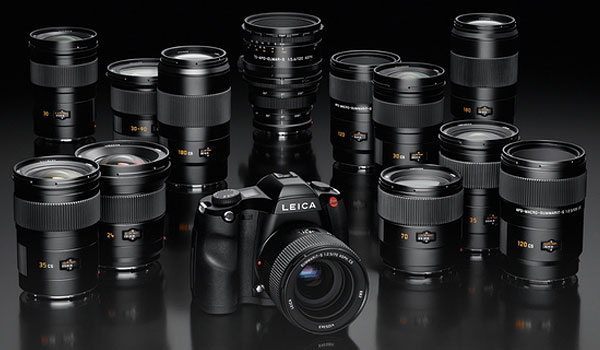DxOMark finds Leica S lags rivals; DxO Optics Pro gains D3300, EOS M2 support
posted Wednesday, February 26, 2014 at 7:48 PM EDT

French software company DxO Labs has made several interesting announcements over the last few days. First of all, its DxOMark camera testing site has published an analysis of sensor performance for the Leica S, a pricey medium-format DSLR -- with surprising results. The company's software arm has also launched an update to its Optics Pro software package with support for raw files from several popular cameras, including the Nikon D3300 and Canon EOS M2. And finally, DxO's embedding imaging division has announced a design win that will see its algorithms used in handsets from the world's fifth largest mobile handset manufacturer.
But first of all, let's return to the Leica S. It's been on the market for rather a while now, having started shipping a little over a year ago, but limited distribution and a very high pricetag of US$22,000 have conspired to make reviews -- and especially directly comparitive ones -- rather few and far between. That makes DxOMark's abbreviated look at the Leica S' sensor performance all the more interesting.

The news for Leica fans, though, isn't great. Overall, DxO ranks the sensor at just eighth of the ten featured in the medium format cameras in its database. The Leica S sensor bested those only in the Mamiya ZD Back and Hasselblad H3D II 39 -- products launched way back in 2004 and 2007, respectively. Of course, the importance of this does depend a little on how much weight you put in DxO's lab testing, and especially the manner in which the company crunches the numbers to provide an overall score. It's interesting to note, though, that according to DxO, the Leica S has the second-lowest color depth and dynamic range of any medium-format camera the company has tested, and its overall score is actually being buoyed by a low-light ISO score that puts it in the middle of the pack.
Performance, says DxO, is similar to that of the Pentax 645D, a camera that costs less than half as much, with the latter having a small advantage across the board. Likewise, the sensors in 35mm full-frame cameras such as the Sony A7R and Nikon D800E outscore the much larger chip in the Leica S. Read more on the DxOMark website.

Moving on to DxO Optics Pro, the company's flagship imaging utility, the new Optics Pro v9.1.2 release is focused largely on new camera support. As well as the aforementioned Nikon D3300 and Canon EOS M2, the update also adds support for the Samsung NX1000 and NX1100, and the Panasonic FZ72 compact. Some minor bugs are also said to have been fixed, and the company has now provided a Japanese-language user guide. And of course, there's a lengthy list of new optics modules supporting 264 additional body/lens pairings; see the full list here.
Finally, we come to DxO's embedded software, which finds its way into a new brand of mobile handsets. According to DxO, new client Alcatel One Touch is the world's fifth-largest handset maker. The company has licensed DxO Electronic Image Stabilization software, which should allows its camera phones to provide steadier video capture. In the US market, Alcatel One Touch's phones are offered by T-Mobile, as well as its prepaid brand, MetroPCS.